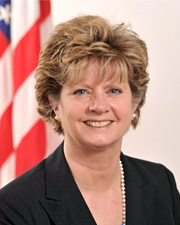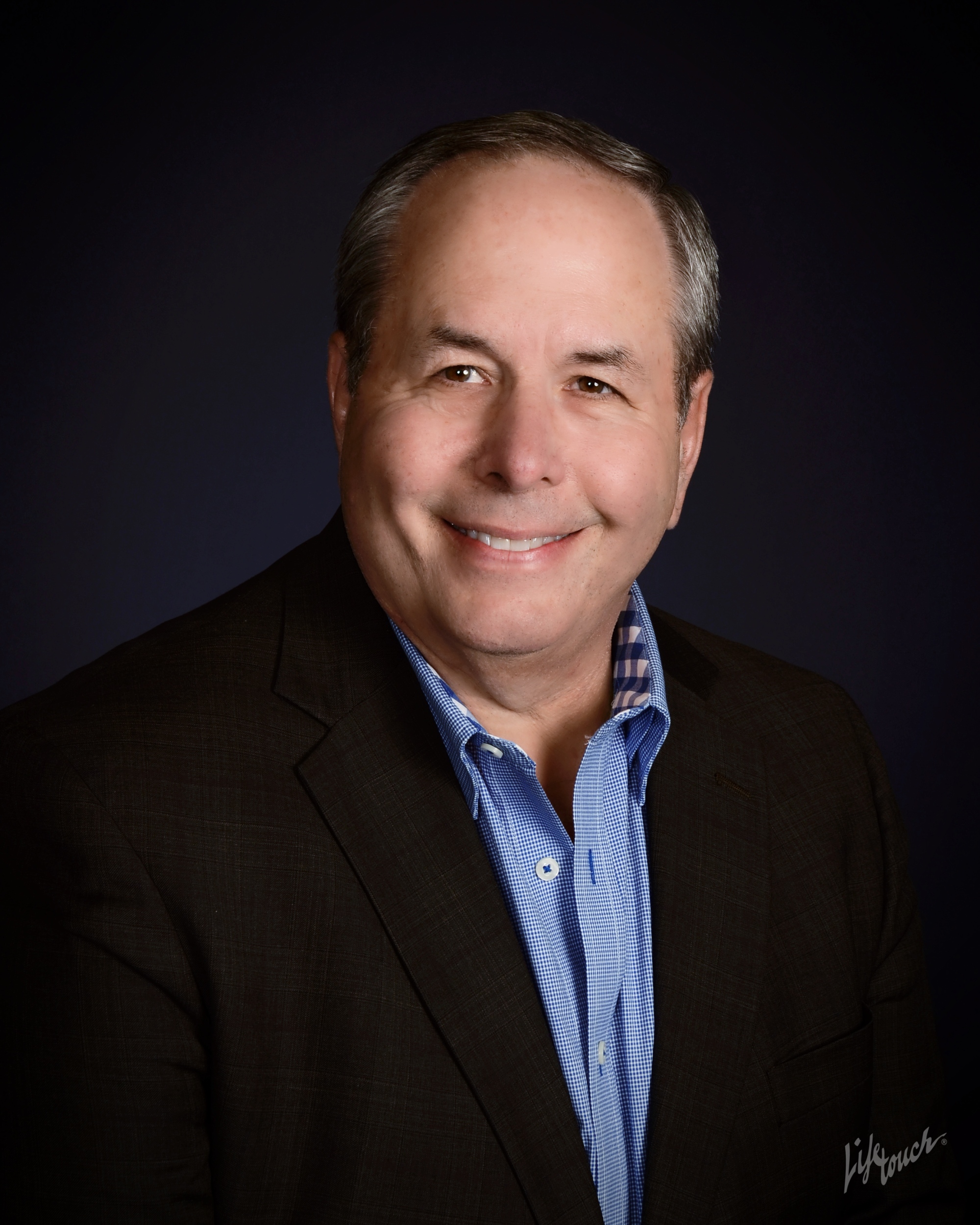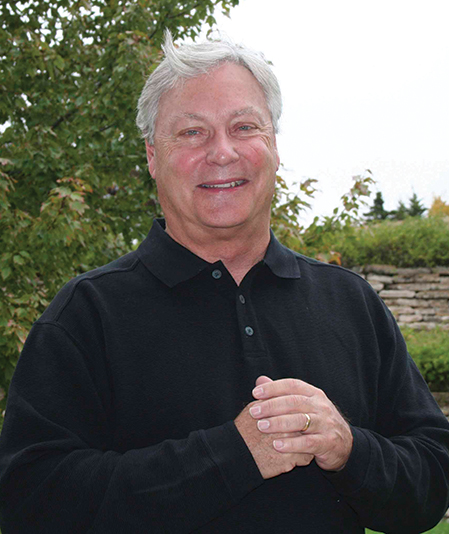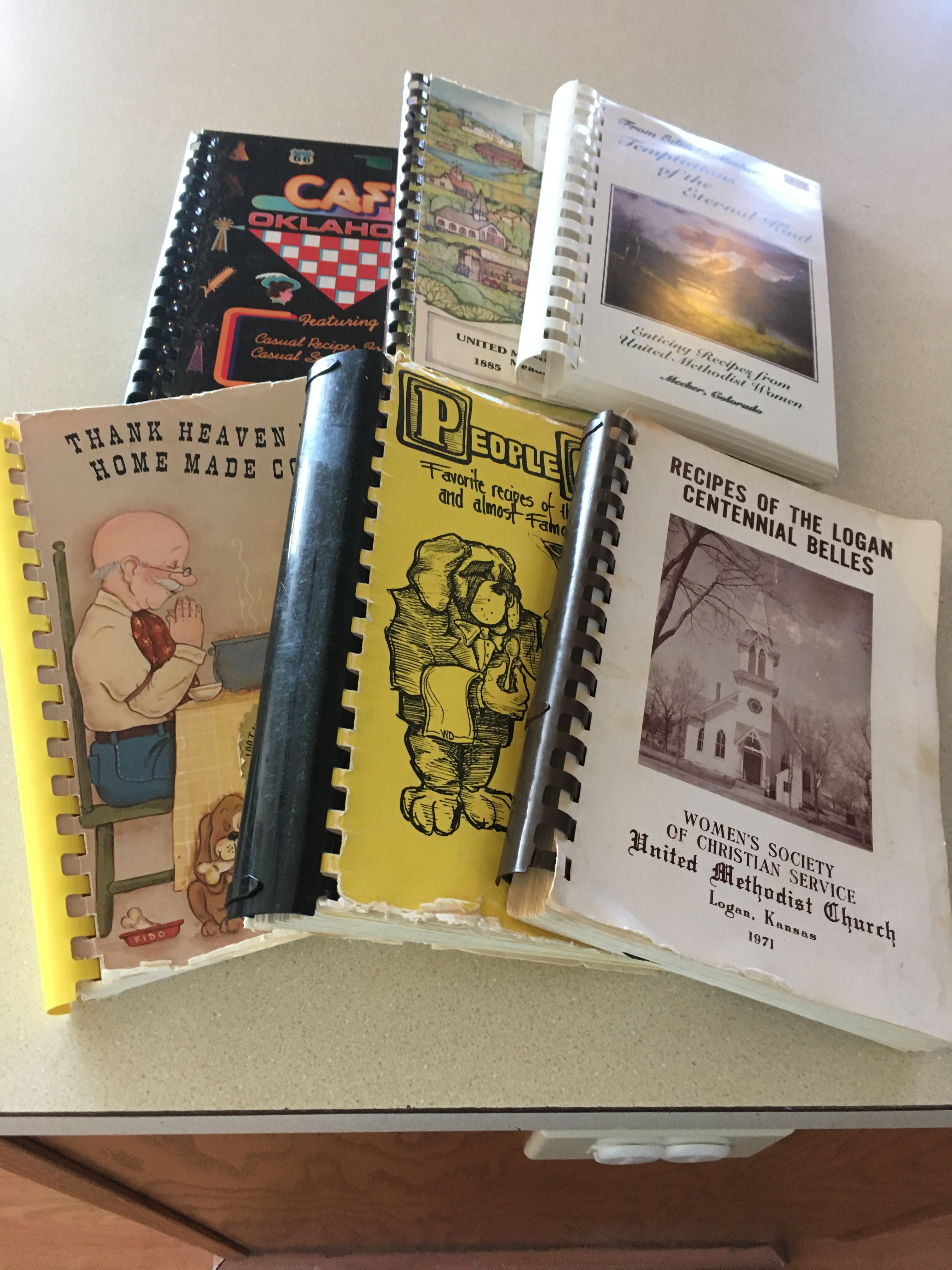
By EDWARD CROSS
Kansas Independent Oil & Gas Association
During the give and take of public discourse, few truly stop to think how absolutely essential oil and natural gas are to our lives, to our prosperity and security, and to our future. Oil and natural gas are the foundation of our energy-dependent economy. They profoundly affect how we live and work. They are key to our mobility, to keeping our homes and businesses warm, to providing us with electric power, and to supplying the raw materials for countless consumer and industrial products.
The energy policy choices our nation makes today are among the most important and far-reaching policy decisions we will make in the 21st century. If we are to continue our nation’s positive energy trends, we must implement energy policies based on current reality and our potential as an energy leader, not political ideologies or the wishes of professional environmental groups. American energy policy should focus on what’s important: American jobs, American energy security, and American global energy leadership.
President Trump and the new 115th Congress can move forward and build upon our nation’s new era of energy abundance, self-determination, and global leadership, or take a step back to an era of scarcity, dependence, and uncertainty.
The good news is we know how to lead the world in oil and natural gas production. And we have a potent ally, the American voter.
The 2016 election sent a clear message. Voters want and expect change. Political candidates who had a vision of increased consumer costs, lower standard of living, and economic de-growth were soundly rejected by voters. That is great news for a nation where economic recovery has been very slow. Election polls of actual voters showed that the American voter clearly want policymakers to set aside outdated assumptions and partisan talking points and work together on safe, responsible, and fact-based energy policy that grows our economy, creates well-paying jobs, and maintains our nation’s global energy leadership.
The polls found that 80% of voters support increased development of U.S. oil and natural gas resources including 71% of Democrats, 94% of Republicans, and 76% of Independents. In addition, 72% oppose higher taxes that could decrease investment in energy production and reduce energy development, including 62% of Democrats, 86% of Republicans, and 70% of Independents.
Further, the polls found that the American voter rejects the false choice offered by some between growing the economy and producing and using more energy and a cleaner environment. Specifically, 77% of voters support oil and natural gas’ role in reducing U.S. greenhouse gas emissions.
The American voter’s support for increased domestic energy development and smarter energy policies is a reflection of their understanding of the fundamental role of affordable, abundant, and reliable energy to modern life. Pro-development energy policies enjoy strong support across party lines because the benefits of American energy development makes a positive difference to all of our lives every day.
Voters’ clearly expect their elected leaders to place what’s best for our state and nation’s economy and energy future above partisan ideology and political posturing. I strongly believe that the American people need and want moral, intellectual, and strategic clarity and courage from our policymakers.
The Trump Administration and the new Congress have a unique opportunity to find solutions for many of today’s most prominent issues such as creating middle class jobs, ensuring affordable and reliable energy for consumers, and enhancing our national security. And for all of these goals, and more, the 21st century American energy renaissance offers a solution.
A growing world population with a growing demand for energy is why energy experts, economists and government agencies around the world, including the U.S. government’s own Energy Information Administration (EIA), estimates that fossil fuels will continue to provide most of the U.S. and world energy needs far into the future. According to EIA projections, oil and natural gas will supply nearly 60% of U.S. energy needs by 2040.
Worldwide energy consumption will increase 48% by 2040, and 78% of that energy consumption will be met by fossil fuels. The world will need more energy in the future and oil and natural gas are poised to be the primary sources for that energy for decades to come.
Beyond consumption we continue to make and pursue advancements in energy efficiency. A recent EIA study indicated the U.S. used 15% less energy and emitted 23% fewer energy-related CO2 emissions in 2015 than in 2005.
From 2000-2012, the oil and gas industry spent more on low and zero carbon technologies than the federal government and nearly as much as all other industries combined. According to the EPA, oil and gas methane emissions account for only 3.63% of total U.S. greenhouse gas emissions. Methane emissions from the oil and gas sector declined by 3.8% last year, marking the fourth consecutive year of decline.
According to the EIA, U.S. air pollutants have fallen by 70% since 1970, even as vehicle miles travelled have increased by more than 180%. Further, thanks in part to the increased use of domestic natural gas, ozone concentrations have dropped by 17% since 2000; all of which makes the U.S. not just an energy superpower, but also a global emissions reduction leader.
These are remarkable achievements in light of the many constraints imposed on the industry by regulations designed more to stifle domestic fossil fuel development than to benefit the American consumer.
The fact is our nation’s 21st century oil and gas renaissance has made domestically produced oil and natural gas economical and abundant. This market-driven success has helped our nation achieve significant emission reductions. The oil and gas industry has helped disprove, conclusively, that oil and natural gas production and environmental stewardship are not compatible.
Going forward, we need smart pro-growth energy policies. Americans support developing domestic energy resources and believe that can be done in a way protective of our environment. If our nation is to achieve energy security and maintain competitiveness and not let our standard of living slip, we need a well-reasoned, fact-based energy policy that recognizes the central role that fossil fuels will play in meeting future energy demand.
To continue to lead the world in oil and natural gas production and emissions reduction, we need tax reform solutions that don’t compromise our ability to grow the economy. And we need regulatory reforms that don’t add unnecessary layers of compliance burdens on top of existing protections.
The new Congress and the incoming Trump administration should take notice of the American energy sector’s record of success and choose a market-based approach to energy policy that is always focused on what’s best for consumers as their guiding policy principles. Policymakers should embrace our nation’s potential as a global energy leader and work to ensure that America’s 21st century oil and natural gas renaissance will continue to deliver the economic opportunity and environmental benefits for many years to come.
Going forward into 2017, policymakers at all levels should pursue energy policies that drives economic growth, lower costs for consumers, protects the environment, increases American competitiveness, and provides to our nation’s allies a reliable partner that uses it considerable energy resources as a way to lift people up. For our part, the oil and natural gas industry will continue our high standard of environmental stewardship. Responsibility lies in the activity of the industry and the manner in which the industry pursues that activity. For the oil and natural gas industry, responsibility is not additional; it is absolutely integral.
Edward Cross is president of the Kansas Independent Oil & Gas Association.


























